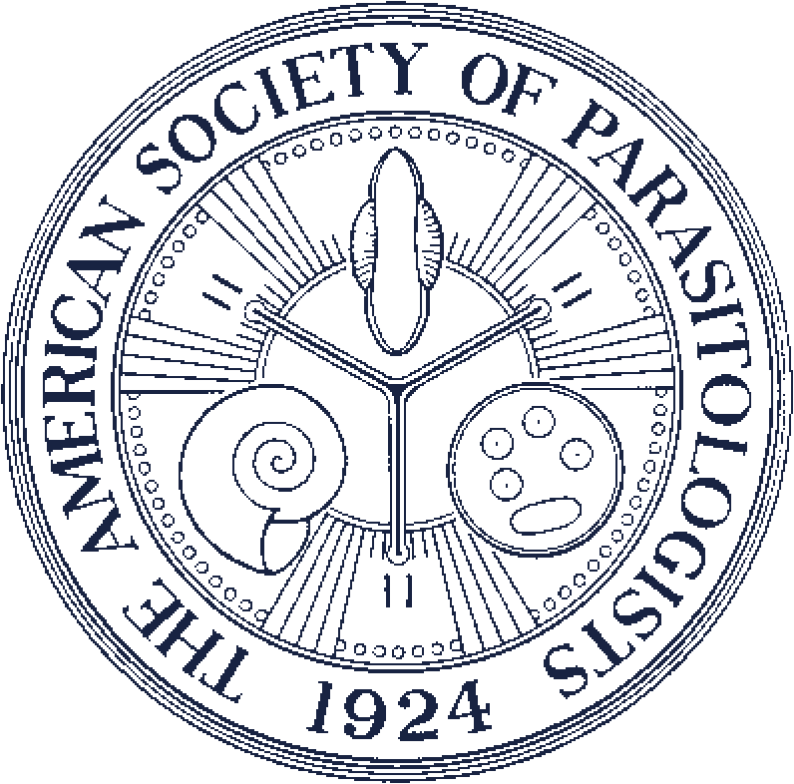High Prevalence of Toxoplasma gondii Infection in Microtus fortis by Seminested PCR from Jilin Province, Northeastern China
Toxoplasma gondii is an important protozoan parasite that can infect virtually all warm-blooded animals, including humans. Oocysts in the environment are an important infection source. Microtus fortis can be used as a sentinel reflecting the distribution of T. gondii oocysts in the environment indirectly. In the present study, we developed a seminested polymerase chain reaction (PCR) targeting T. gondii 529–base-pair repeat sequence, with high sensitivity and specificity. Two hundred seventy-two free-living M. fortis were collected from Jilin Province, Northeastern China, and the lung samples were examined for T. gondii DNA by seminested PCR. Toxoplasma gondii DNA was found in 137 (50.4%) of these rodents. The high prevalence of T. gondii infection in free-living M. fortis suggests a wide distribution of T. gondii oocysts and a high infection pressure for humans and other animals.Abstract:

Specificity and sensitivity of the seminested PCR. The PCR assay was performed with the use of the extracted DNA from Toxoplasma gondii tachyzoite during in vitro culture. Lane 1 represents the 2,000–base-pair DNA ladder; Lanes 2–7 represent T. gondii genome DNA of 100, 10, 1, 0.1, 0.01, and 0.001 tachyzoites; Lane 8 represents N. caninum genome DNA; Lane 9 represents Leishmania tarentolae genome DNA; Lane 10 represents Cryptosporidium parvum genome DNA; Lane 11 represents the negative control.
